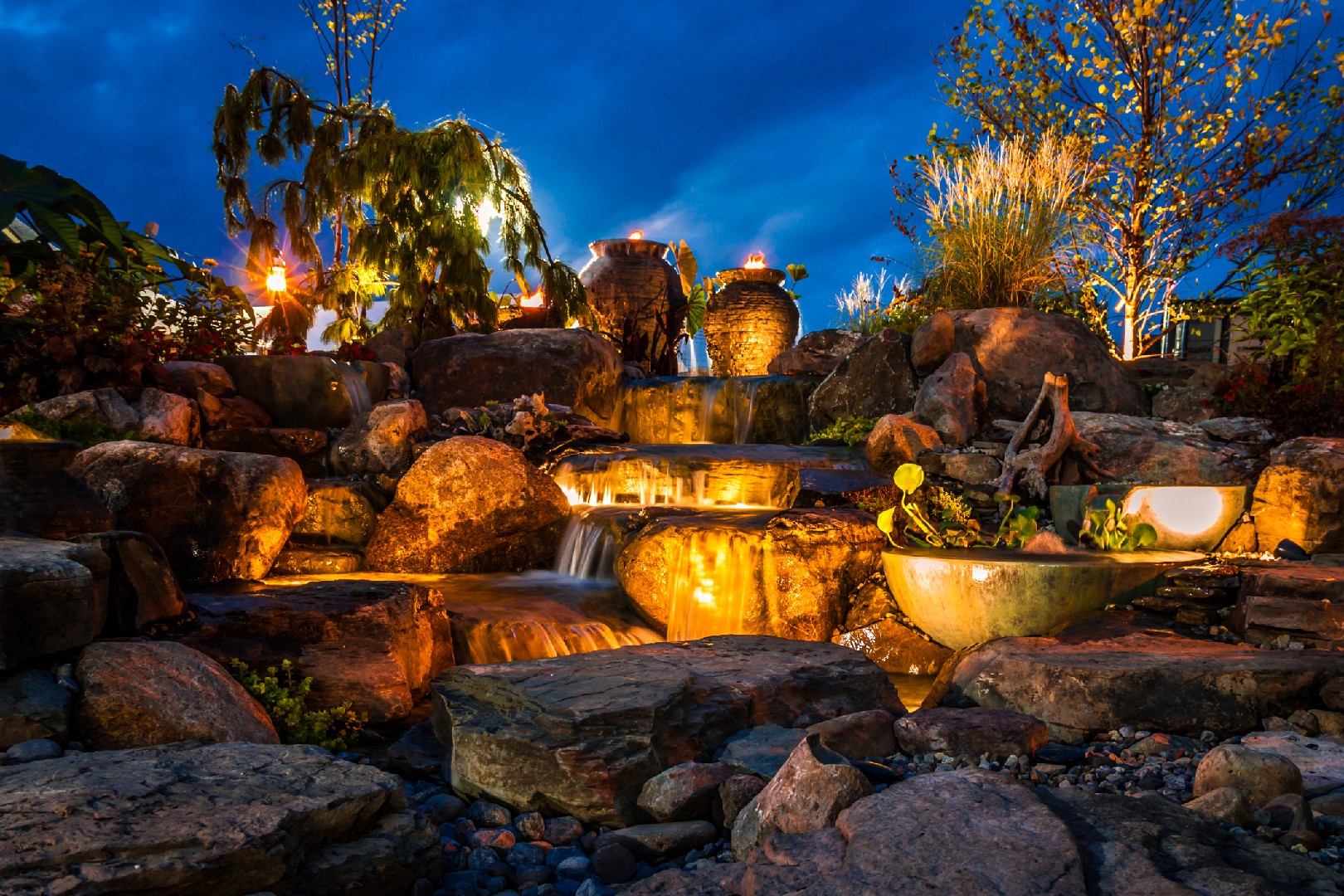![Rectangle]()
Highlighting Danger Zones: Making Hazards Visible
When it comes to ensuring the safety of your outdoor space, it's important to identify and highlight potential danger zones. By making hazards visible, you can effectively reduce the risk of accidents and injuries. In this section, we will explore some common garden hazards and discuss practical methods to enhance their visibility.
One of the most common hazards in gardens are steps. Uneven or slippery steps can easily cause someone to trip and fall. To make steps more visible, consider installing step lights or strip lighting. These lights can be strategically placed along the edges of each step, ensuring that they are well-lit and easily visible, especially at night. By illuminating the steps, you make it easier for everyone to navigate them safely.
Water features can also pose a potential danger if not properly highlighted. Whether it's a pond, fountain, or pool, these water features should be clearly visible to avoid accidental falls. One effective method is to use underwater lighting. Submersible lights can be placed at the bottom of the water feature, creating an enchanting glow that not only enhances the overall ambiance but also makes the presence of water evident. Additionally, consider installing spotlights around the perimeter of the water feature to further emphasize its boundaries.
Another hazard that often goes unnoticed are low branches. These can be hazardous, especially for taller individuals or those who may not see them in the dark. To address this issue, consider installing uplighting or downlighting. Uplighting involves placing lights at the base of the tree or shrub, aiming them upward to illuminate the branches from below. This technique not only highlights the branches but also adds a dramatic effect to your garden. Downlighting, on the other hand, involves placing lights above the branches, directing the light downward. Both methods effectively illuminate the low branches and make them more visible, reducing the risk of accidental collisions.
Directional lighting plays a crucial role in emphasizing hazards. By directing light towards specific areas, you can draw attention to potential dangers. For example, if you have a pathway with a sharp turn or a narrow passage, consider installing path lights that are angled towards these areas. This will help guide people along the path and make them aware of the potential hazards ahead.
In conclusion, highlighting danger zones in your garden is essential for enhanced safety. By using various lighting techniques such as step lights, underwater lighting, uplighting, downlighting, and directional lighting, you can effectively make hazards more visible. These methods not only improve safety but also add aesthetic value to your outdoor space. So, consider implementing these techniques and create a safer and more enjoyable garden for yourself and your loved ones.





